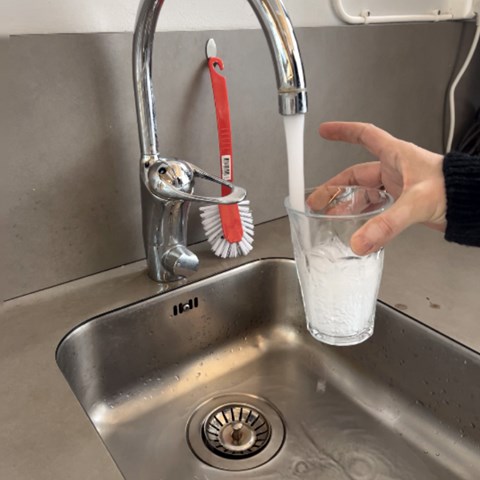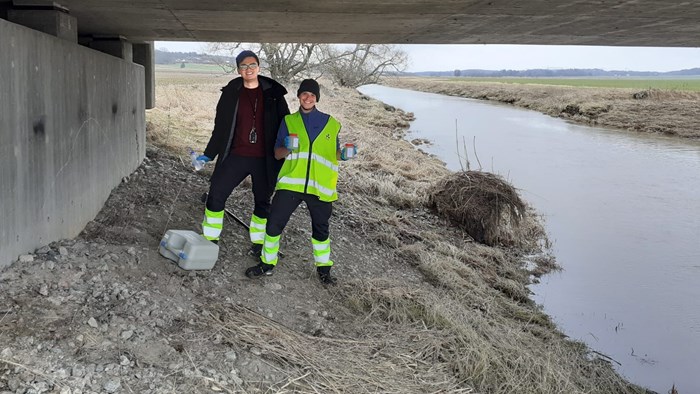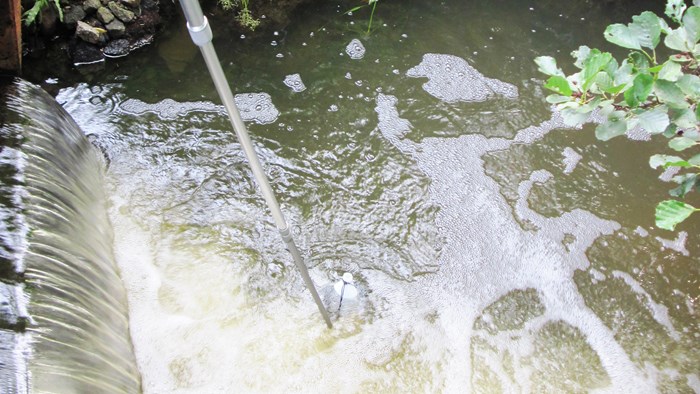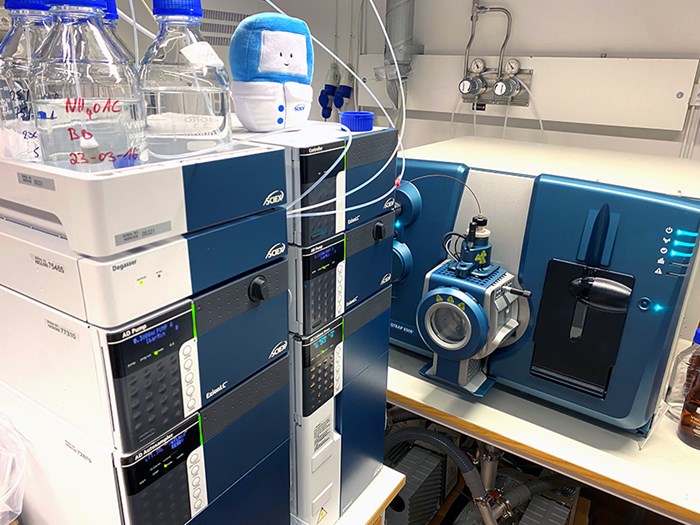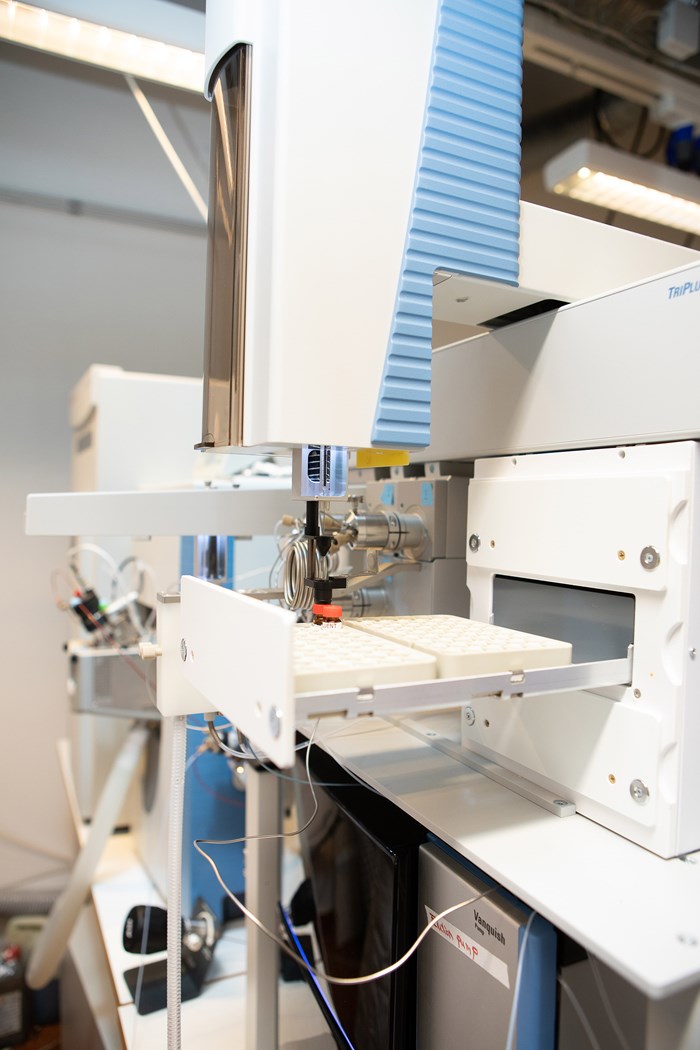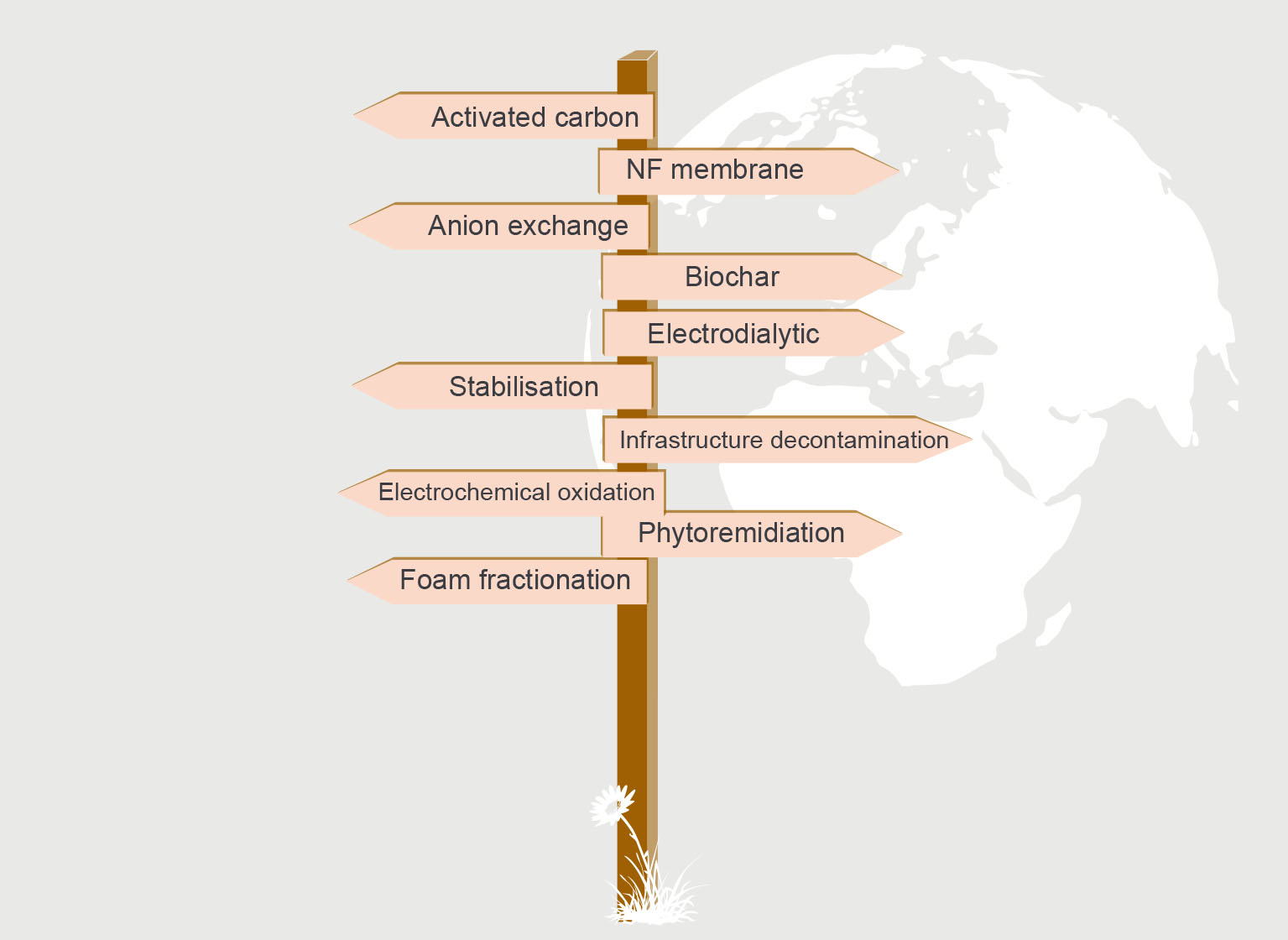At the moment, there is a big focus on PFAS. The reason is the changing limits and guideline values for how much PFAS is allowed in food, worldwide. But there are also proposals to ban all manufacture and sale of products containing PFAS substances.
There are two main arguments for the need to reduce the amount of PFAS in the environment. First, PFAS are so-called persistent chemicals, which means that they break down very slowly, if at all. So when animals and humans absorb it, it stays in the body. It builds up in people, animals, and the environment over time. Secondly, we know that there are strong reasons to consider some PFAS as harmful to health. It has been shown that certain PFAS can negatively affect the liver, immune system, and fetal development. There is also a connection between PFAS exposure and certain types of cancer. The higher the content we get, the greater the risk of various health effects. Unfortunately, PFAS are so widespread that they are found in the blood of almost all people around the world.
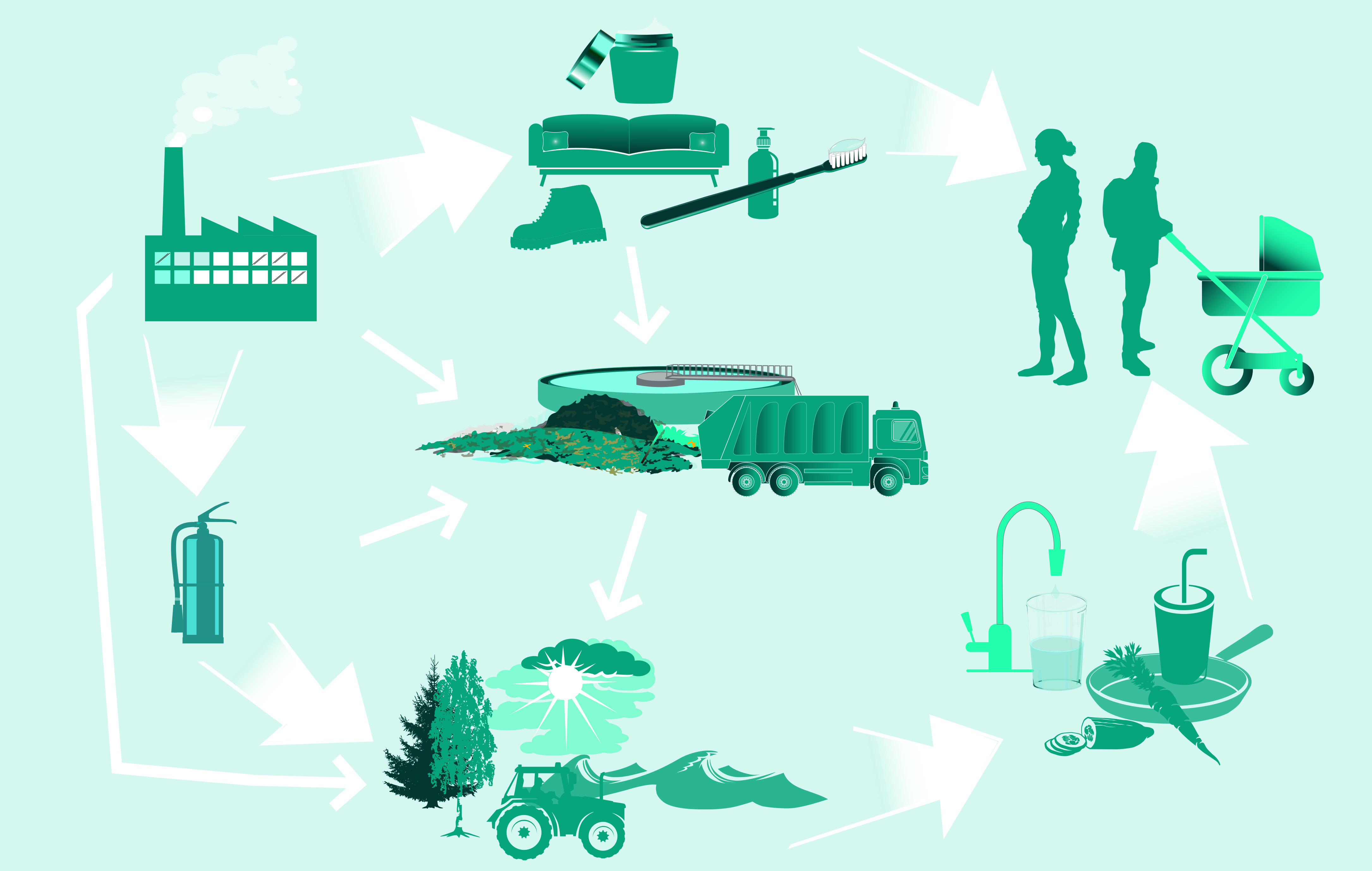
The image shows examples of how we are exposed to PFAS and how it is spread in the environment. Image by: Ulrika Jansson Klintberg, SLU.
Drinking water is one of the most common ways to become exposed to PFAS
There are substantial local differences in how much and how many PFAS are in the environment, depending on where and how products with the substances have been manufactured and used. In Uppsala, there are relatively high amounts of PFAS, e.g. in the groundwater. Since the groundwater in Uppsala is used as a raw material for drinking water, it’s particularly serious. In many instances, the majority of the contamination was unknown and purification techniques were not in place.
Different purification techniques suit different waters
Today, there are various purification techniques to stop the spread of PFAS via water that is treated in some way. The techniques are different depending on the type of water involved. Raw water (raw material for drinking water, comes from groundwater or surface water) is already quite clean and doesn’t need to be purified from as many other substances (matrix) as water from waste facilities.
Nanofiltration. Nanofiltration is a technique used to purify raw water. When using nanofiltration, you let the water pass through a membrane with extremely small pores. This type of purification is very effective. The disadvantage of nanofiltration is that approximately ten to fifteen percent of the water does not pass through the membrane. The water that remains contains all substances that are too large to pass through the membrane. This water, so-called retentate, then needs to be treated before it can be reused. In addition, the amount of energy required for pumping the water through the membrane is very high.
Activated carbon and anion exchange filter. Another technology that the researchers at SLU have tested to purify drinking water from PFAS is activated carbon and anion exchange filter technology. The researchers have concluded that this technique provides an effective purification. But both the activated carbon and the anion exchange materials become saturated and have to be replaced quite often, which becomes expensive in the long run. Therefore, researchers continue to try to find even more efficient filter materials.
Foam fractionation. In order to clean and purify water from waste facilities - which is much dirtier than raw water used for drinking water production - the researchers have investigated a technology that takes advantage of the physicochemical properties of PFAS. With the help of air that is added to the water, PFAS becomes concentrated in a foam which is then removed.
- This technique is called foam fractionation and is very successful in removing PFAS, says Sanne Smith, PhD student at the Department of Aquatic Sciences and Assessment. But it is important to remember that the levels of PFAS are much higher in this type of water and so it is easier to remove a big amount of PFAS in this step.
